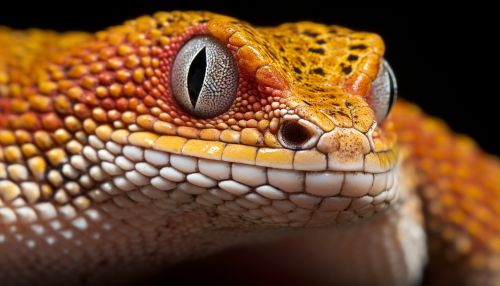Biomimetics
Introduction
Biomimetics, also known as bionics, biognosis, or biomimicry, is the application and imitation of natural biological designs, systems, and processes in human-engineered solutions. The field of biomimetics is multidisciplinary, involving aspects of biology, chemistry, physics, mathematics, and engineering. The primary goal of biomimetics is to create products, systems, and technologies that are more sustainable, efficient, and effective by emulating nature's time-tested patterns and strategies.


History and Development
The concept of biomimetics has been present in human thought and innovation for centuries, with early examples including Leonardo da Vinci's studies of bird flight in an attempt to create flying machines. However, the term "biomimetics" was first coined by the American biophysicist and inventor Otto Schmitt in the 1950s. Schmitt developed the concept while working on the comparison of electrical feedback mechanisms in technological and biological systems.
Principles of Biomimetics
Biomimetics operates on a few fundamental principles. Firstly, it recognizes that nature has already solved many of the problems that humans are trying to overcome. Secondly, it acknowledges that copying nature's solutions can lead to robust, efficient, and sustainable design. Lastly, it understands that a successful biomimetic design requires a deep understanding of the biological system being mimicked.
Applications of Biomimetics
Biomimetics has found applications in various fields, including but not limited to, materials science, medicine, nanotechnology, architecture, and robotics.
Materials Science
In materials science, biomimetics has been used to develop new materials with unique properties. For example, the self-cleaning property of the lotus leaf, known as the lotus effect, has inspired the creation of self-cleaning paints and surfaces. Similarly, the adhesive properties of gecko feet have led to the development of advanced adhesives.
Medicine
In medicine, biomimetics has inspired numerous innovations. For instance, the design of medical implants often mimics the structure of the tissues they are replacing. Additionally, the field of tissue engineering often employs biomimetic strategies to create artificial organs and tissues.
Nanotechnology
In nanotechnology, biomimetics is used to create nanostructures that mimic the complexity and functionality of biological systems. For example, the self-assembly processes observed in biological systems have inspired the development of self-assembling nanomaterials.
Architecture
In architecture, biomimetics can lead to the design of more sustainable and efficient buildings by mimicking the natural forms and processes. For example, the Eastgate Centre in Harare, Zimbabwe, designed by architect Mick Pearce, uses a passive cooling system inspired by termite mounds.
Robotics
In robotics, biomimetics has led to the development of robots that mimic the movement and behavior of animals, leading to more efficient and versatile robotic systems. For example, the Boston Dynamics' robot "Spot" mimics the movement of a dog, allowing it to navigate a wide range of terrains.
Future Perspectives
The future of biomimetics holds great promise. As our understanding of biological systems deepens, so too will our ability to mimic these systems in human-made designs. This could lead to the development of more sustainable, efficient, and resilient technologies and systems.
